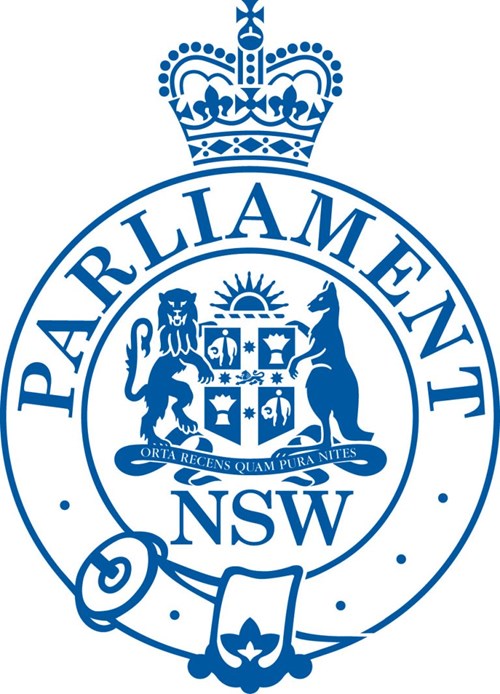I speak in support of the Local Government Amendment (De-amalgamations) Bill 2024. The forced merger of councils by the Liberal Party and The Nationals, contrary to the advice of the Labor Party at the time, was a disappointing chapter in the history of local government. That policy continues to have significant consequences for councils and their communities right across this State. While we cannot undo the actions of the previous Government, the bill provides communities with a clear pathway to demerge if it is in their best interests to do so. The current section 218CC of the Local Government Act is a roadblock to de-amalgamations. The bill is the fair and reasonable solution that councils and communities have been waiting for. It addresses the legal block in the Act and for the first time provides a clear and robust de-amalgamation process that is led by the community. There is no more ambiguity or uncertainty for councils and communities, but instead a clear pathway forward to implement the will of communities that want to demerge.
This Government has always stood opposed to the forced amalgamations of councils. At the centre of our opposition was the argument that the State Government had no right to force its will on local democracies. Councils are the tier of government closest to the people and therefore have the deepest understanding of what is best for their own communities. The State should have no role in telling local democracies how to govern or what the service levels or the rates of a council should be. Unlike the former Government, we feel that the local community is best placed to make local decisions that will impact their everyday lives through a democratic and respectful constitutional referendum.
That is why this bill depends upon a community-led process. It will be voted on by the community, and it will ensure decisions are made by an informed community. The role of the State in the process is to certify that a council-led proposal does not produce a council that is likely to fall over. That means the State is not sending bureaucrats or consultants to demerge a council—to divide assets, determine service standards or make decisions that are rightfully in the remit of the elected local councillors.
First and foremost, the bill provides that a de-amalgamation proposal must be led by the council democratically elected to represent the community. It is important that councils lead those proposals, with input from the community, as they have the necessary expertise and oversight to develop a robust case for de‑amalgamation. They understand the complexities and what it takes to run a council effectively. As a first step, the council must develop, publish for 28 days and consult with its community for 42 days on a business case setting out the financial impacts and service delivery implications for that council and community.
That means the community has the opportunity to form a deep understanding of the consequences of the de-amalgamation, including financial and service delivery impacts, and can respond with any concerns. Following consideration of community feedback, the council must then resolve to support the de‑amalgamation proposal before submitting it to the Minister. Following that initial phase of community consultation, and if passed by council resolution, the de-amalgamation business case proposal must be submitted to the Minister for Local Government, who will refer it to the boundaries commission for review and report.
The robust processes in the bill ensure that there is independent, expert scrutiny of the business case and de‑amalgamation proposal from the New South Wales Local Government Boundaries Commission. That is to ensure that the proposal is viable with consideration of key factors within the Local Government Act. Those include important factors such as financial advantages and disadvantages, community of interest and geographical cohesion, impact on staff employment, impact on rural communities and, of course, community views. That is also consistent with other boundary change processes in the Local Government Act.
The boundaries commission process may make its determination based on the business case and other evidence sought and provided, noting the significant public consultation undertaken by the council at the front end of the process. However, also consistent with other processes, the Minister has discretion to approve or require the boundaries commission to conduct a public inquiry process if appropriate. That is necessary to ensure the viability of demerged councils so that communities are not left with a council that is not up to the task of providing services in a cost-effective way to its residents.
The Government acknowledges the significant impacts of de-amalgamations on communities. For that reason, once the Minister has received the report from the boundaries commission, he may approve that a de‑amalgamation constitutional referendum be held, to be conducted by the Electoral Commissioner following appropriate consultation with the commission. The referendum will require a majority of electors across the entire current council area to be in favour of the de-amalgamation for the question of de-amalgamation to be carried.
If majority community support is achieved, the Minister will then determine whether to recommend to the Governor that the de-amalgamation proposal be implemented via proclamation. If, however, the majority vote in support is not achieved, that is the end of the process for that de-amalgamation proposal. That is the appropriate outcome if the community as a whole does not support de-amalgamation. Demerging a council is a significant undertaking with consequences of its own. Any decision to do so must be supported by the community and the democratically elected council.
This step-by-step process is clear, robust and provides transparency and accountability as well as safeguards via the impartial review by the independent boundaries commission. It also provides full and open consultation that enables the community to decide if it is in their best interests to de-amalgamate. The bill before us today makes it clear that any de-amalgamation process must be council-led. It sets out clear roles and responsibilities for everyone involved in the process—from councillors, the community, the Minister for Local Government, the boundaries commission and the Electoral Commissioner, right through to the Governor of New South Wales.
Importantly, councils must be able to demonstrate that any new councils are financially sustainable and can stand on their own two feet. Unlike the current flawed de-amalgamation process and alternative approaches suggested, there is no guesswork in what this bill proposes. Councils and communities wanting to de-amalgamate and determine their own destiny have been waiting for years for a way forward. The Government has listened and produced this bill in answer to their appeals. Beyond that, the bill is not just about those communities; it provides a solution for all councils and communities who may one day wish to explore de-amalgamation.
Today we are faced with not just an opportunity but also a responsibility to fix a critical error in the Local Government Act. Today we can get the de-amalgamation process right once and for all to provide certainty for councils and communities that have been crying out for answers on how their de-amalgamation proposal may proceed. This bill is the answer. It provides a best-practice de-amalgamation process that is clear, robust and transparent for all. It puts local democracy and local decision-making at the centre, which is where they always should be. I commend the bill to the House.


